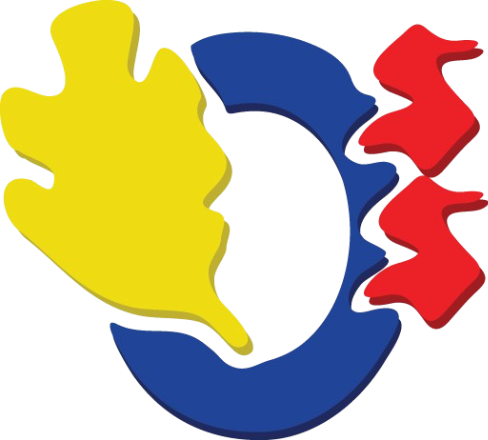 Physics
Physics
Overview
Doppler Effect
The Doppler Effect

- The change in the observed frequency of a wave as the result of the relative motion between two bodies
- All waves can undergo the Doppler effect, including electromagnetic waves and sound waves
- For a moving source, the observer perceives a change in the frequency and the wavelength of the wave, but no change in its speed
The Double Doppler Effect

- When a moving source produces a wave that reflects off a moving object and is received by the source again
- Echolocation: The different wave properties of the echo allow species like bats and dolphins to locate the object or prey the waves reflect off
Observing the Doppler effect

- There must be a relative difference in the velocity of the source and the observer
- Scenario 1: The source is moving, and sound is reflected off a stationary object
- Scenario 2: The source is stationary, and sound is reflected off a moving object
The Doppler Effect and Light

- Light will always appear to be travelling at the speed of light, regardless of the reference frame
- Equation for relative changes in frequency/wavelength: Δf/f = Δλ/λ ≈ v/c, where c is the speed of light
- Spectral Lines: the wavelengths of light emitted by different elements losing electrons
- Redshift: if the light wave is moving away from us, the wavelength appears to be longer (red end of the spectrum)
- Blueshift: If the light wave is moving towards us, the wavelength appears to be shorter (blue end of the spectrum)



 Physics
Physics